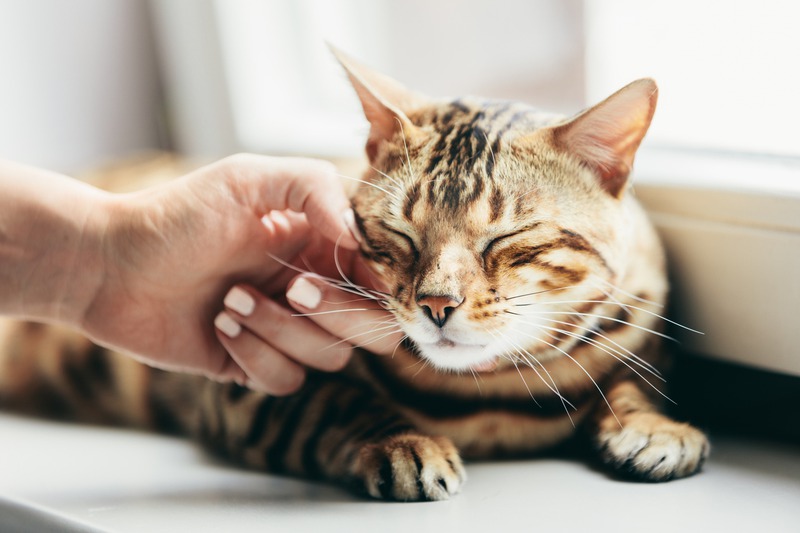Entrusting your beloved pet to a sitter can be an anxious experience. Ensuring that your pet sitter is fully informed about your pet’s needs is critical to your peace of mind. With the right preparation, you can ensure that your pet receives the best possible care in your absence.
Introduce Your Pet and Their Habits
Meeting your pet and the sitter for the first time is an important step. You need to watch how your pet acts with the new person. Teach the sitter the right way to pet and handle your animal friend. If your pet has special ways of doing things or certain things they like, tell the sitter. It might help to let your pet spend a little time with the sitter before you leave them alone. This is so you can see if your pet can get used to the new person taking care of them.
Your pet’s daily routine: Talk to the sitter about what your pet does every day. Pets like to have a regular schedule for when they eat, play, and sleep. It helps them to not feel too worried when their owner is not there.
Behavioral traits: Explain the things your pet does that are special to them. Some pets may not like loud sounds like thunder, while others may love getting their belly rubbed. Knowing these things will help the sitter to make your pet feel happy and safe.
Commands or signals: Show the sitter the words or hand signs your pet knows. Pets often know how to do things like sit or stay when they are told. When the sitter uses these same commands, your pet will understand what to do.
By making sure the sitter knows your pet well, they can take better care of them. Your pet will have an easier time with the sitter, and you’ll worry less while you’re away.
Detail-Specific Care Instructions
Documenting your pet’s care instructions provides a clear guide for your sitter. Make sure to include:
Feeding schedule: Note the type of food, portion sizes, and feeding times.
Exercise: Indicate the amount and type of exercise, as well as preferred routes for walks.
Medication: Leave detailed instructions for any medications, including dosages and administration times.
Do not forget to mention any allergies or dietary restrictions your pet has, as well as preferences for treats and rewards.
Emergency Preparedness
In the event of an emergency, it’s paramount that your pet sitter knows how to react. Provide them with information such as:
The contact details of your vet for emergencies.
A close friend or neighbor’s contact as a backup.
Your own contact information and itinerary.
Moreover, for more information on what to do in emergencies, including details about your pet’s insurance or any health conditions they may have, share these specifics with the sitter in advance.
Provide Comforts of Home
Leaving your pet in an unfamiliar environment can be stressful for them. To help ease your pet’s anxiety, provide:
Favorite toys to keep them engaged.
A blanket or piece of clothing with your scent for comfort.
Their bed or crate, if they are used to sleeping in one.
Encouraging the sitter to stick to your pet’s usual routine as closely as possible will also help create a sense of normalcy for your furry friend.
Make a Note of Unique Health Needs
Just like people, pets may have unique health needs that require special attention. This includes:
Chronic conditions such as arthritis or diabetes.
Behavioral issues like separation anxiety or aggression.
Sensitivity to temperature or certain materials.
If your pet has dental health concerns specific to their breed or age, informing your sitter and directing them to a reputable vet dentist is essential for maintaining good health.
Update on Vaccinations and Identifications
Ensure your pet’s vaccinations are up to date and provide documentation to your sitter. Also, make certain your pet’s identification tags and microchip information are current and accurate. This will help the sititer to quickly reunite with you in case your pet is lost.
Leaving Written Instructions and Contact Information
Written instructions eliminate confusion and offer quick references for schedules or emergency procedures. Along with a detailed care plan, list all important numbers, including your contact, the vet’s clinic, and a nearby emergency service, such as a Hattiesburg animal hospital.
Promote a Positive Relationship
Building rapport between your sitter and pet can have a significantly positive impact on the care experience. Providing rewards for your pet when they respond well to the sitter can strengthen their bond, and giving the sitter some leeway to establish their authority and comfort with your pet will allow for a smoother transition.
Ensure Your Pet Feels Safe and Secure
Safety is a top priority. Double-check that your home and any spaces your pet will occupy are free from hazards. Make sure the pet sitter is aware of any household rules, such as restricted areas or items your pet shouldn’t access.
Wrapping Up
By preparing thoroughly and providing comprehensive information, you can ensure a tranquil and enjoyable experience for your pet in the care of your sitter. Keep communication open and maintain a list of care instructions and emergency procedures. With the right planning, both you and your pet can have peace of mind during your time apart.

